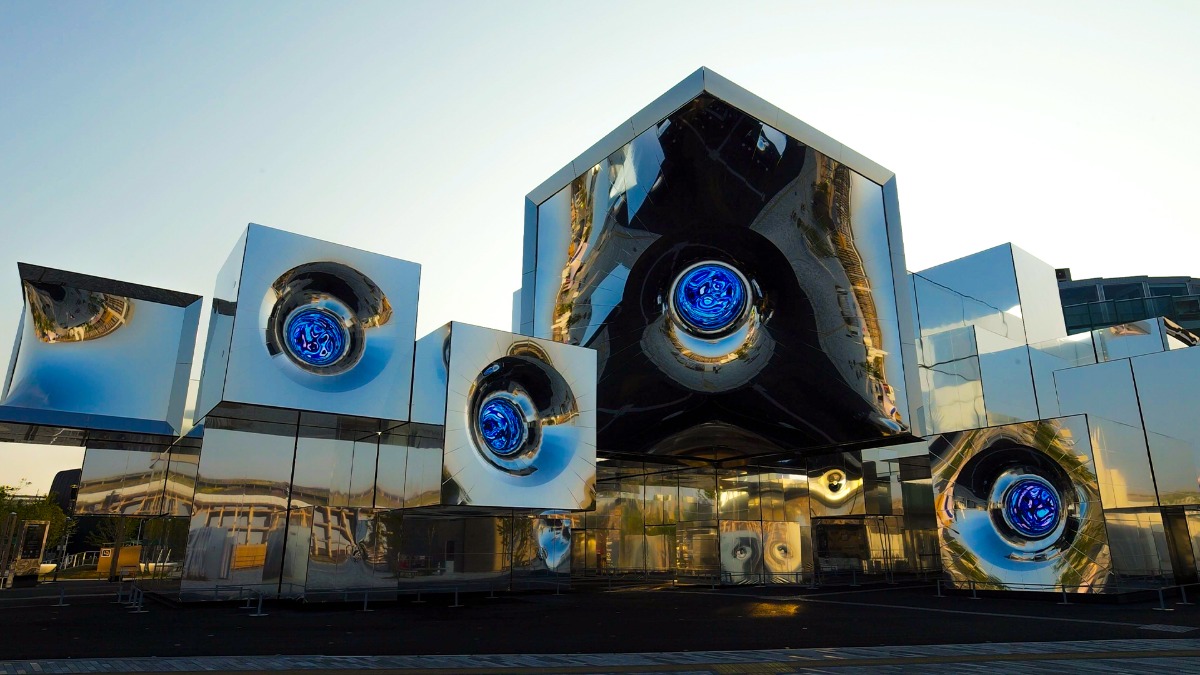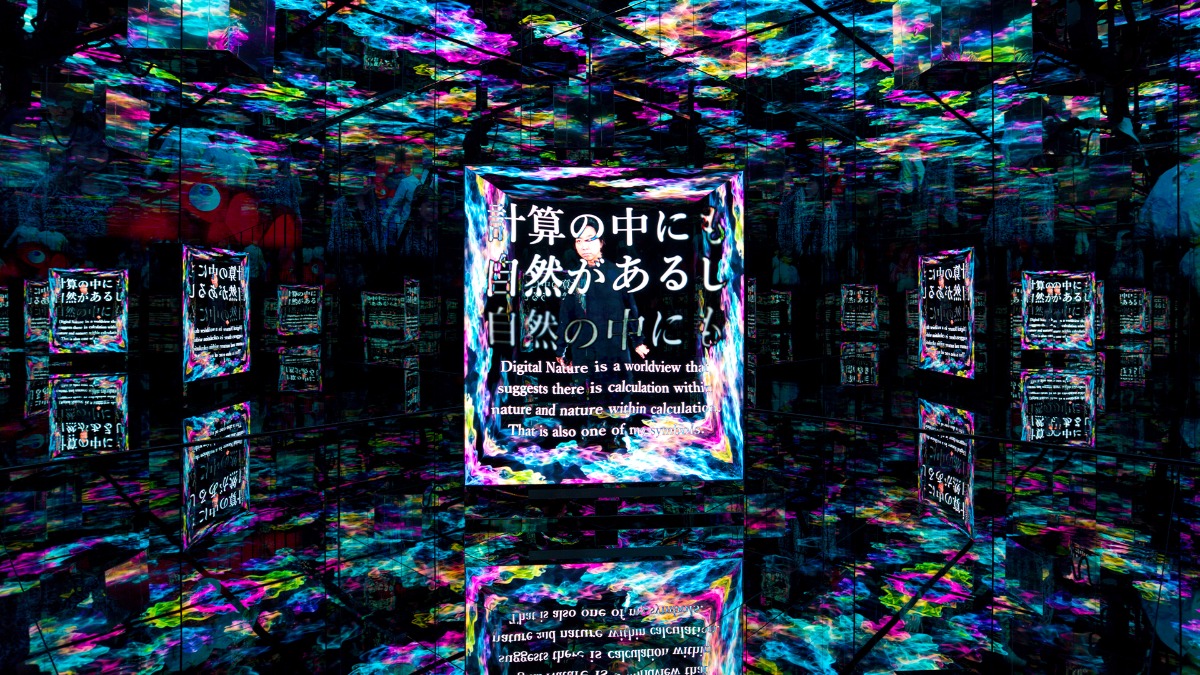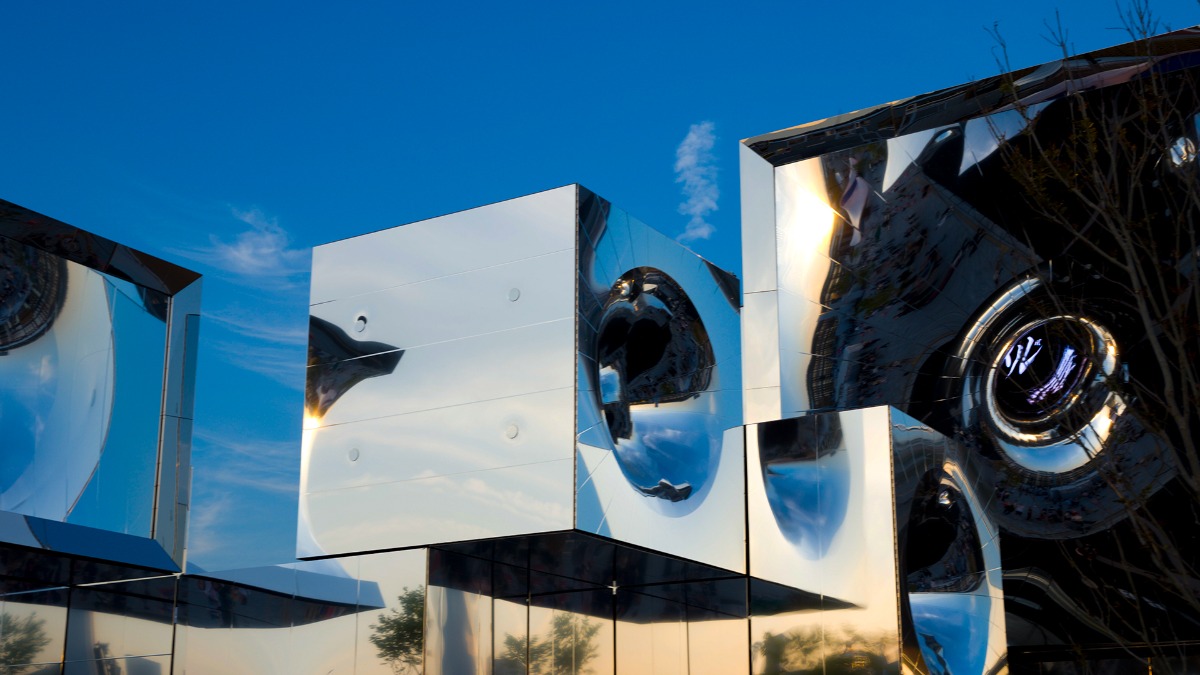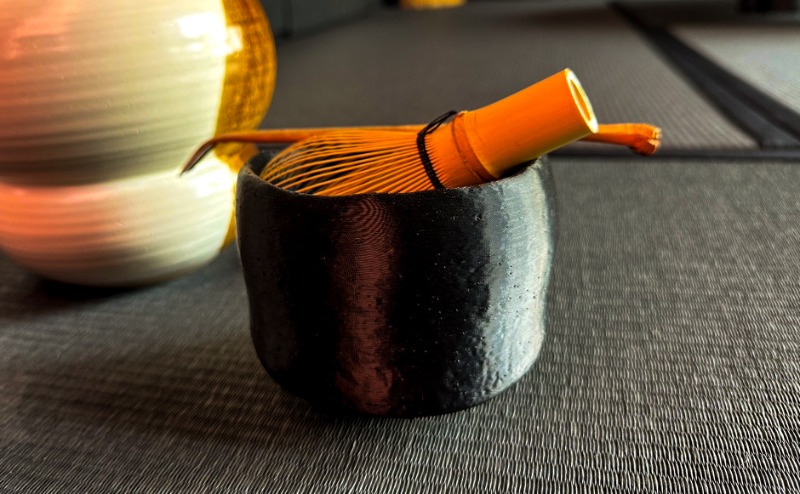
null² is a monument that centers on the philosophy of "Form is emptiness, emptiness is form" (空即是色・色即是空) and "Forging Lives," reinterpreting in a contemporary way the aesthetic sense of "polishing" that Japan has maintained since the Jomon and Yayoi periods. Historically, Japan has sought beauty and spiritual fulfillment through refined craftsmanship, seeing polished surfaces as symbolic manifestations of the sun, the cosmos, and harmonious order. Beyond nations and corporations, "artists creating a pavilion" itself is a social sculpture, forming a new landscape in the 21st century World Expo. The architecture itself is a massive sculptural work, integrating technologies such as specially designed mirror membranes, LEDs, and robots that have been uniquely engineered from their materials. null² embodies this traditional spirit while creating a new type of monumental landscape suited to the 21st-century Expo-an artistic statement of Digital Nature, a profound engagement with social sculpture, and a reflection of the artist's role in reshaping society.




